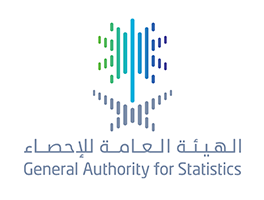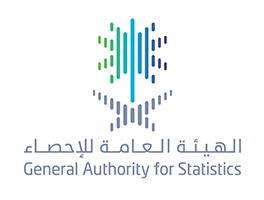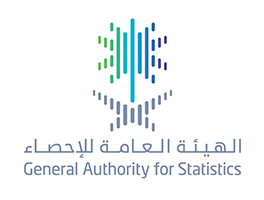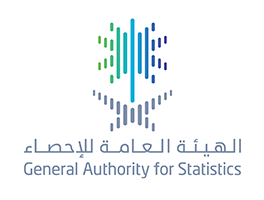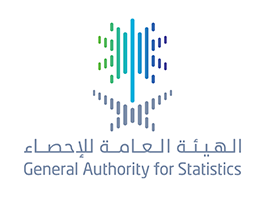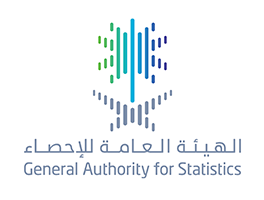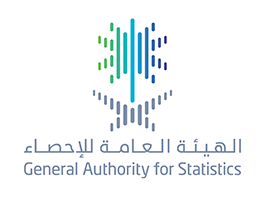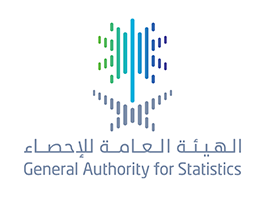GASTAT announces total number of Umrah performers and pilgrims for 1443 /2022
20-06-2023
General Authority for Statistics announced that the total number of pilgrims during 2022 reached (24,715,307), including 9,517,829 pilgrims who performed Umrah for one time. Total number of external Umrah performers reached (8,372,429), where males reached 3,700,785, by 44.20%, and female reached (4,671,644), representing 55.80%. However, total number of internal Umrah performers reached (16,342,878), where the number of Saudis among them recorded (6,642,881), representing 40.65%, and the number of non-Saudi pilgrims reached (9,699,997), representing 59.35%.
Total number of internal male pilgrims made up(11,033,994) with a percentage of 67.52%, while the number of female pilgrims reached (5,308,884) with a percentage of 32.48%. April was the most intense month during the year in terms of the number of pilgrims, recording (5,479,637). However, Makkah region was the largest in terms of the total number of internal pilgrims, recording (10,270,637).
Regarding Hajj statistics during the past year (1443 / 2022), the total number of pilgrims reached (926, 062), where external pilgrims, who came through various ports, recorded (781,409) with a percentage of 84.4%, while the number of internal pilgrims reached (144,653) representing 15 ,6%.
GASTAT’s statistics indicated- in its statistical results for Hajj season during the past year 1443- that the number of internal male pilgrims reached (77,776) pilgrims, while the number of females reached (66,877) pilgrims. However, the number of external male pilgrims and female pilgrims reached (421,999) and (359,410), respectively.
According to GASTAT, the percentage of pilgrims coming to KSA via air transportation amounted to 94.7%, and land transportation accounted for 4.5%, out of total pilgrims . However, sea transportation was least used by external pilgrims by 0.8%.
GASTAT indicated that the total number of workforce participated to service pilgrims and Umrah performers during the past year 1443 from various government and private sectors exceeded 236 thousand male and female employees, including 73,556 from public services sector, 26,392 from medical services sector, 19,421 from transportation services sector and 3,728 from telecommunications sector.
With regard to medical services provided to pilgrims during Hajj season last year 1443, the number of medical facilities and teams within the scope of Makkah, Madinah, and Holy Sites reached 900 that provided emergency and inpatient services to more than 22,000 pilgrims. Moreover, cardiac catheterization services, kidney dialysis and other surgical operations were conducted to 1,904 pilgrims, and vaccination campaigns were implemented to pilgrims, workers and residents of Makkah region with 120,423 thousand doses.
It should be noted that GASTAT relied on administrative records data that are used as main source of data while issuing statistical data and indicators of Hajj and Umrah for 1443 /2022 and represented in all government and private entities, including data for Hajj permits for internal pilgrims and for those hold Hajj visa to count the number of pilgrims. Data was also provided according to a unified form that includes a number of elements such as data of workforce and medical services of entities participated to service pilgrims and Umrah performers, according to temporal and spatial reference.
